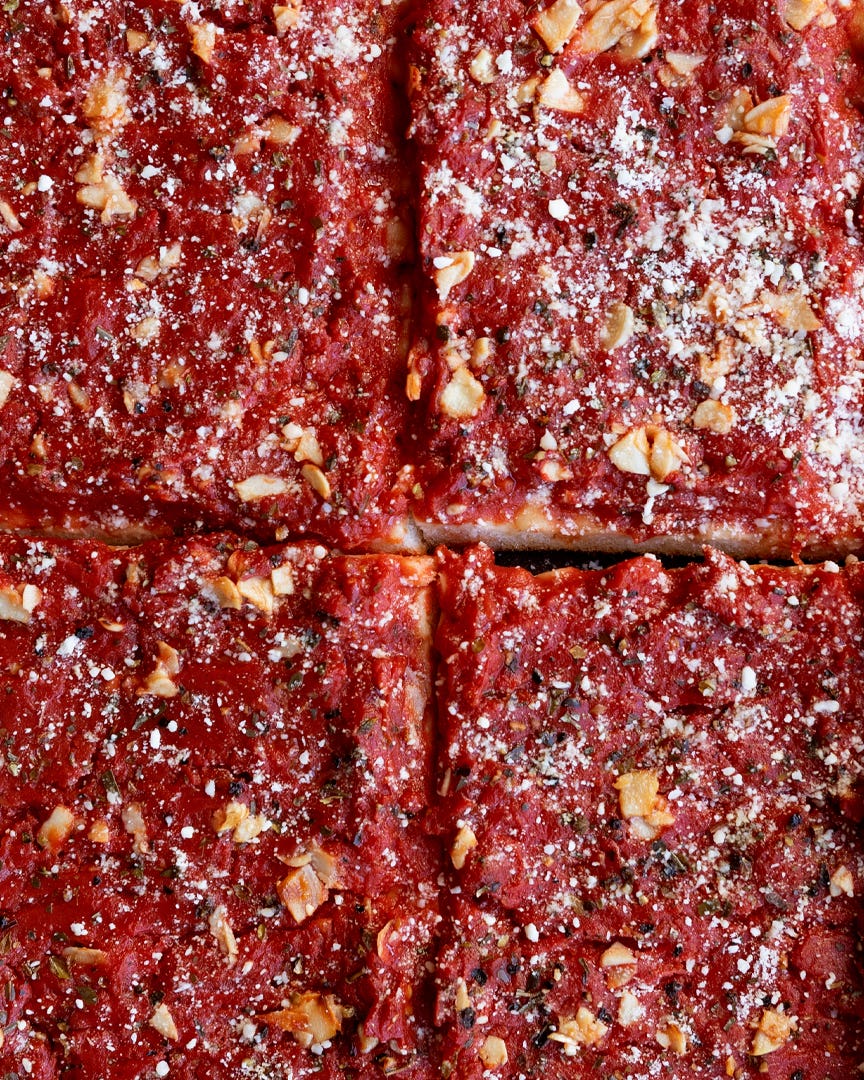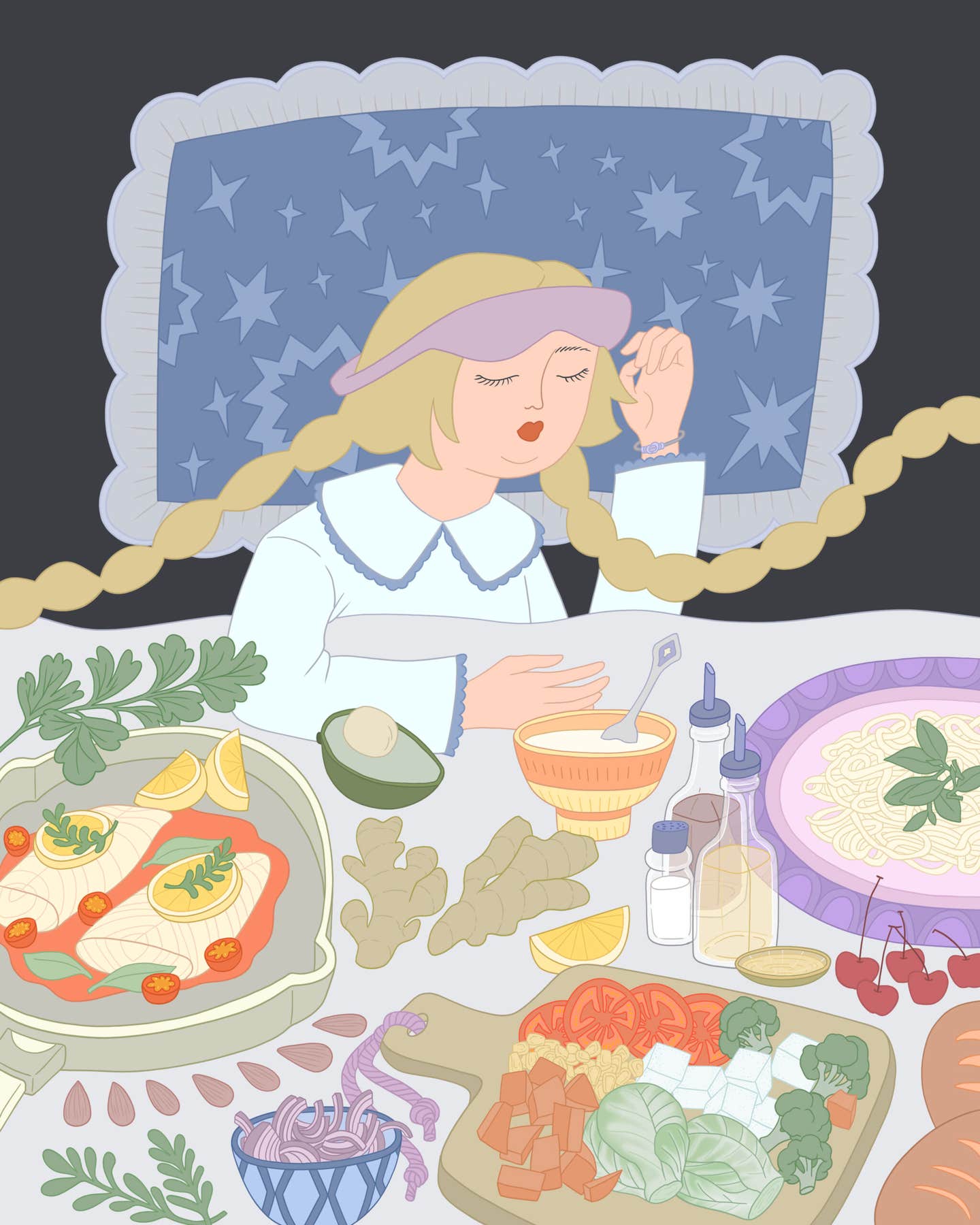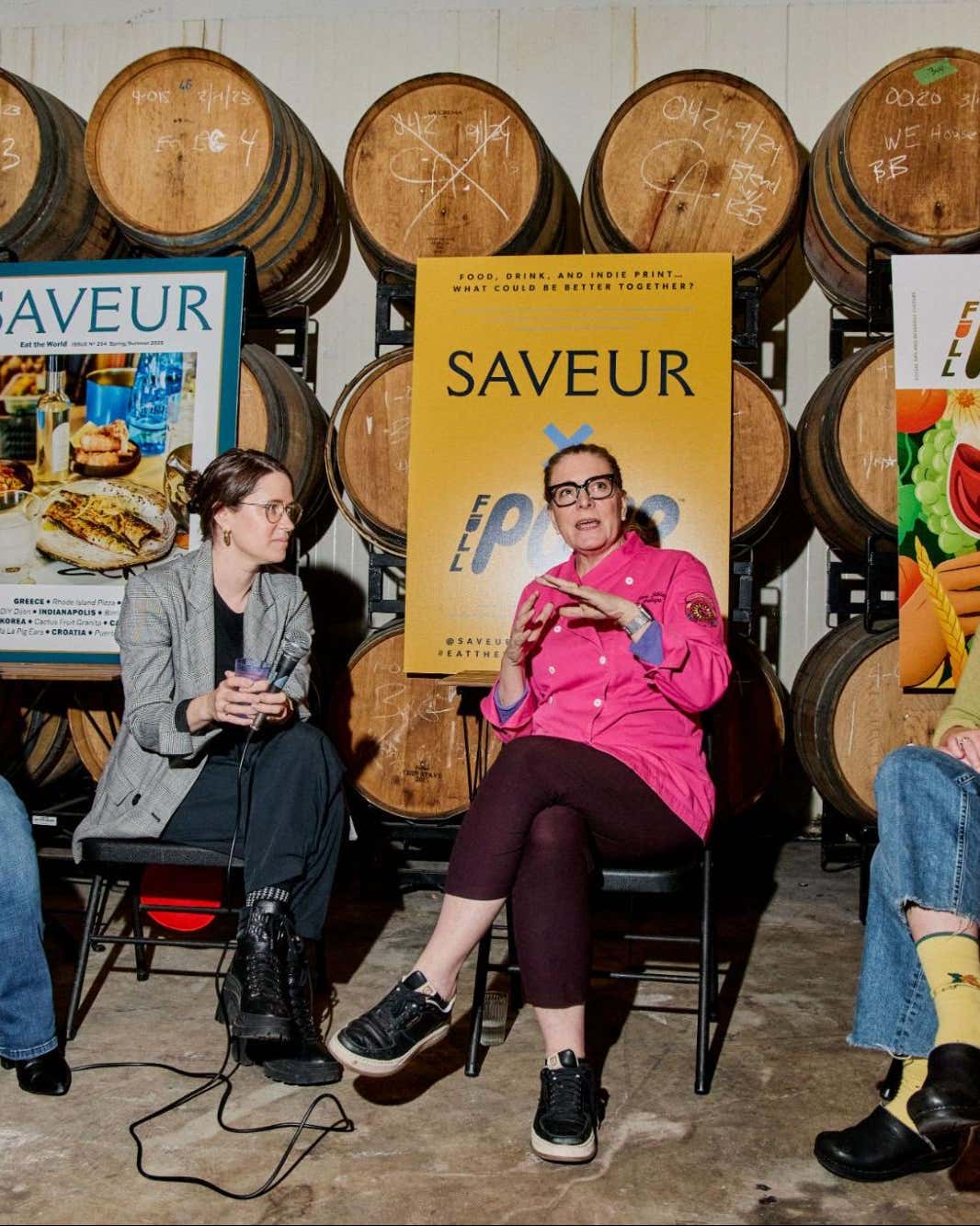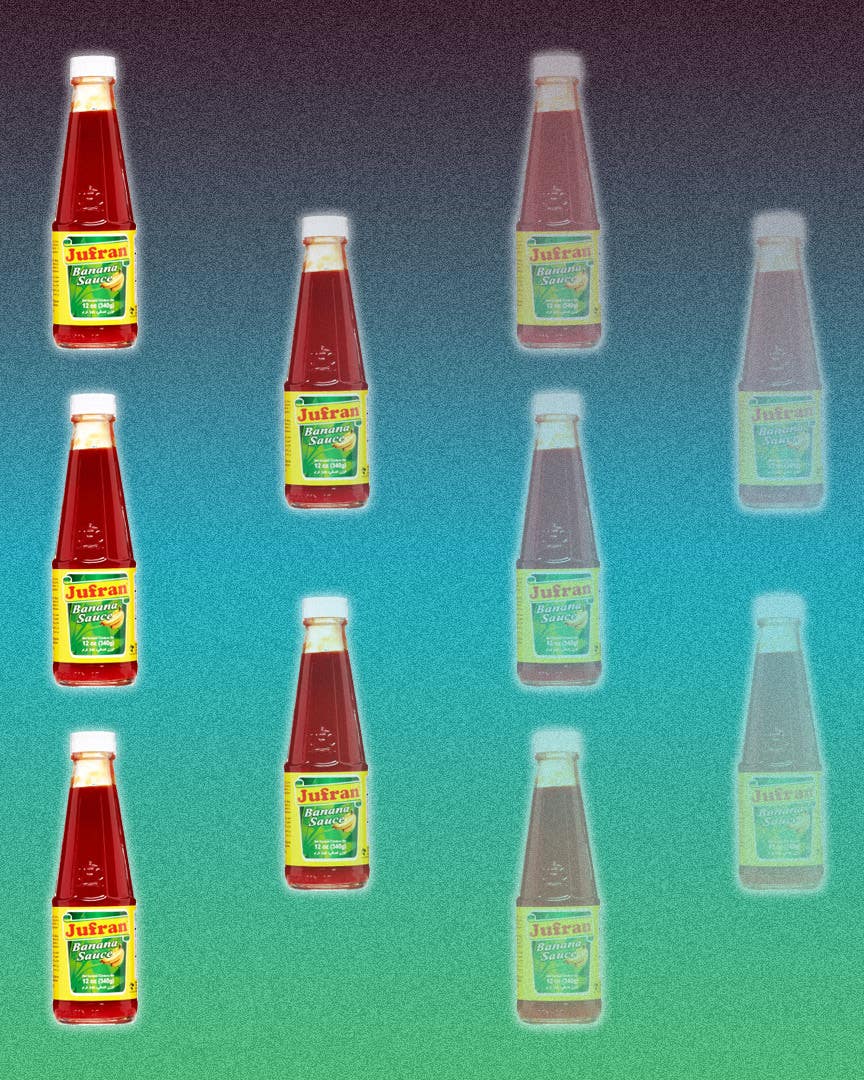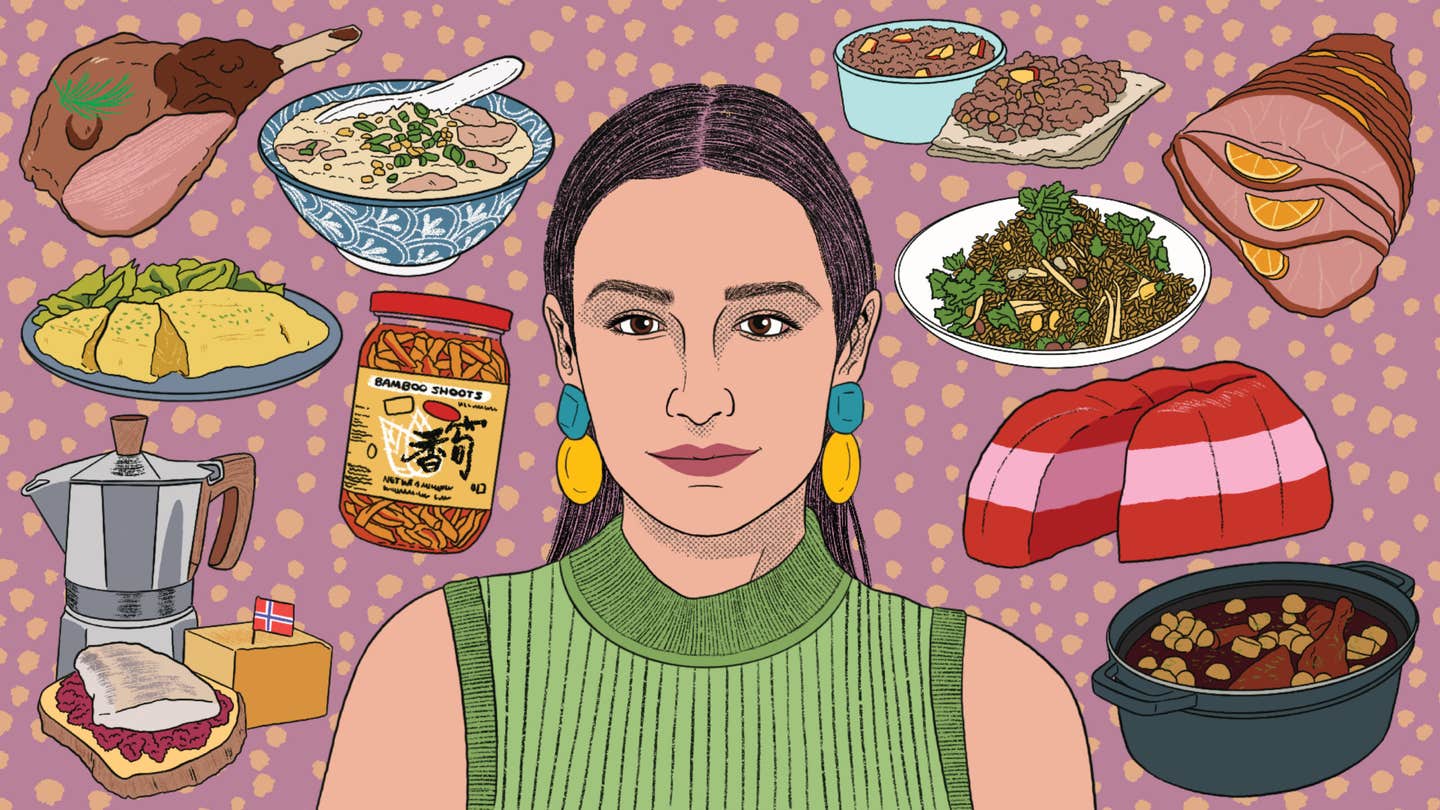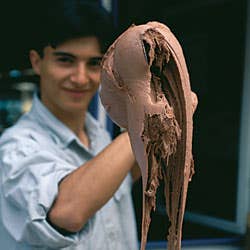
Ice Cream Around the World
Frozen sweets are a universal delight, from good old-fashioned American ice cream to exquisite French sorbets to the Malaysian after-school snack of ais kacang.
Frozen sweets are a universal delight, from good old-fashioned American ice cream to exquisite French sorbets to the Malaysian after-school snack of ais kacang.
America: Cooling the World
Back in 1843, one Nancy Johnson, wife of a U.S. Navy officer in Philadelphia, invented something wondrous: the ice cream freezer. Previously, ice cream had mostly been made by shaking a container of cream mixture in a freezing ice-salt bath—a tiresome process yielding lumpy results. Johnson's machine had a crank that rotated the container and a dasher that churned the mixture as it froze, imparting a smooth texture. The freezer made the production of fresh-churned ice cream—the best kind—possible both at home and commercially. Even today, most ice cream makers, no matter how technologically advanced, are based on Johnson's churning technique—and thanks at least in part to her, ice cream is now found around the globe. —Rick Sebak
India: a Smooth Secret
To be honest, I've never liked Indian ice cream, called kulfi. To me it's always seemed oddly granular—its texture comes from milk boiled down to a thick liquid—and so I've avoided the stuff, which is usually sold frozen on a stick. But recently, while strolling along Bombay's Chowpatty Beach, I kept passing people who were scooping chunks of something cold out of a green pipal leaf. I was curious. And I was hot. One of the passersby directed me to the source: New Kulfi Centre. The vendor cut chunks from an assortment of log-shaped kulfi (the "mix" option) and put them on the leaf. One bite, and oh, my! This kulfi was velvety smooth. I devoured all three flavors—pistachio, chewy dried fruit, and cleansing mango. It was the best chow on Chowpatty Beach. —Maya Kaimal
Turkey: Cold and Stretchy
Kahramanmaras, in southern Turkey, is famous for making ice cream with sahlab (or salep), which is ground orchid root—a substance that gives the ice cream a curious elasticity. A few years ago some Turkish foodies took me to a dondurma (ice cream) parlor in Kahramanmaras. I tried the cherry-pit flavor and found it mild and, yes, stretchy—yet soft enough to eat with a spoon. It barely changed shape as it melted. There was a sign on the wall, too, boasting that Kahramanmaras was the world capital of ice cream, and on every table an article from a Turkish newspaper, crowing that Baskin-Robbins had failed to establish itself in Turkey because it didn't make ice cream with sahlab. (Sahlab ice cream is popular in Iran and Lebanon, too; no Baskin-Robbins there, either.) —Charles Perry
France: A Sweet Tease
When I arrived in Paris as a student in the late 1980s, I was disappointed to see that only a few French grocery stores carried decent ice cream at reasonable prices, the way stores did back home in the States. At the time, I happened to be living in a maid's room on the Île St-Louis—so quaint, so central, so cramped (I could touch both walls with my outstretched arms)— right across the street from Berthillon, the quintessential Paris ice cream shop. I'd look out my window at the ever present lines outside and at the exquisite boules of glace and sorbet being sold at out-of-my-league prices, and I'd pine. Only when friends visited did I allow myself the indulgence of a tart, delicious lime sorbet or a rich, custardy vanilla ice cream. It was always so very worth the wait, and the price. —Daniel Drennan
Mexico: Frozen Dinner
The tropical ice creams of Puebla are so alluring that I once made an entire dinner out of nothing else. The meal began at Tepoznieves, a wildly colorful shop near the main square. My appetizer was fig ice cream dotted with bits of candied fig and spiked with mescal. The main course followed: tequila ice cream—as white as a cloud—with tangy passion fruit ice. The passion fruit was so refreshing that I had to have two more scoops. For dessert, I walked around the corner to La Flor de Michoacan for a Popsicle-like paleta of guanabana, or soursop, which tastes like a highly perfumed blend of apple and pear. Luscious. And for the road? A mango paleta, as nice a nightcap as I have ever had. —Barbara Hansen
Denmark: Mighty Cones
Oversize ice cream cones have been relished in Denmark since the early 1900s, when ice cream became an industry here. But in the 1990s, they became gargantuan. That's when Lydolph's Isbar, a shop in the seaside enclave of Hellerup, began selling huge cones now imitated across the land. The last time my family and I went to Lydolph's, the children got downy peaks of vanilla ice cream rolled in chocolate jimmies; I had three scoops of chocolate hazelnut ice cream, with whipped cream and marmalade; and my husband went for a two-pound tower of chocolate ice cream and chocolate-covered marshmallows, swathed in soft vanilla ice cream and chocolate shavings. These concoctions are surely the Great Danes of the ice cream world. —Karina Porcelli
Malaysia: Ice Snack
I grew up in the Malaysian town of Muar, and my main after-school treat was ais kacang ("ice ka-CHANG"), literally, iced beans, a shaved-ice concoction still sold all over the country as well as in Singapore. (Many other Southeast Asian countries have versions of this treat, too.) I remember being roused from my homework by the ais kacang man's bell. Running outside, I'd greet the old vendor as he clambered off his cycle with its attached cart of tempting ingredients. I'd hold up my bowl, and into it he would spoon sweet red adzuki beans, colorful gelatin cubes, sago pearls, sweet corn, and crushed peanuts, then top them with shaved ice, condensed milk, and rose syrup. I'd pay, then rush inside to enjoy it without speaking to anyone—just my ais kacang and I. —Susheela Raghavan Uhl
England: Postwar Treat
I began eating ice cream in London in 1947. Ice cream distribution had been banned during World War II and for a time afterward, to save fuel, and it was consequently available only at shops where the owners made the ice cream themselves. Although the quality was rather poor, it tasted simply delicious to me. I'd go to such a shop and get a sandwich of two wafers enclosing a slice from a neapolitan brick; it was called a slider, because if you squeezed it too hard the middle would slide right out. The slider evolved from an earlier ice cream called the hokey pokey, a neapolitan slice wrapped in paper. The vendors who sold it were Italian, and they'd cry, "Ecco un poco" (Here is a little)—which, in the Cockney accent of the customers, became "hokey pokey". —Robin Weir
Keep Reading
Continue to Next Story


